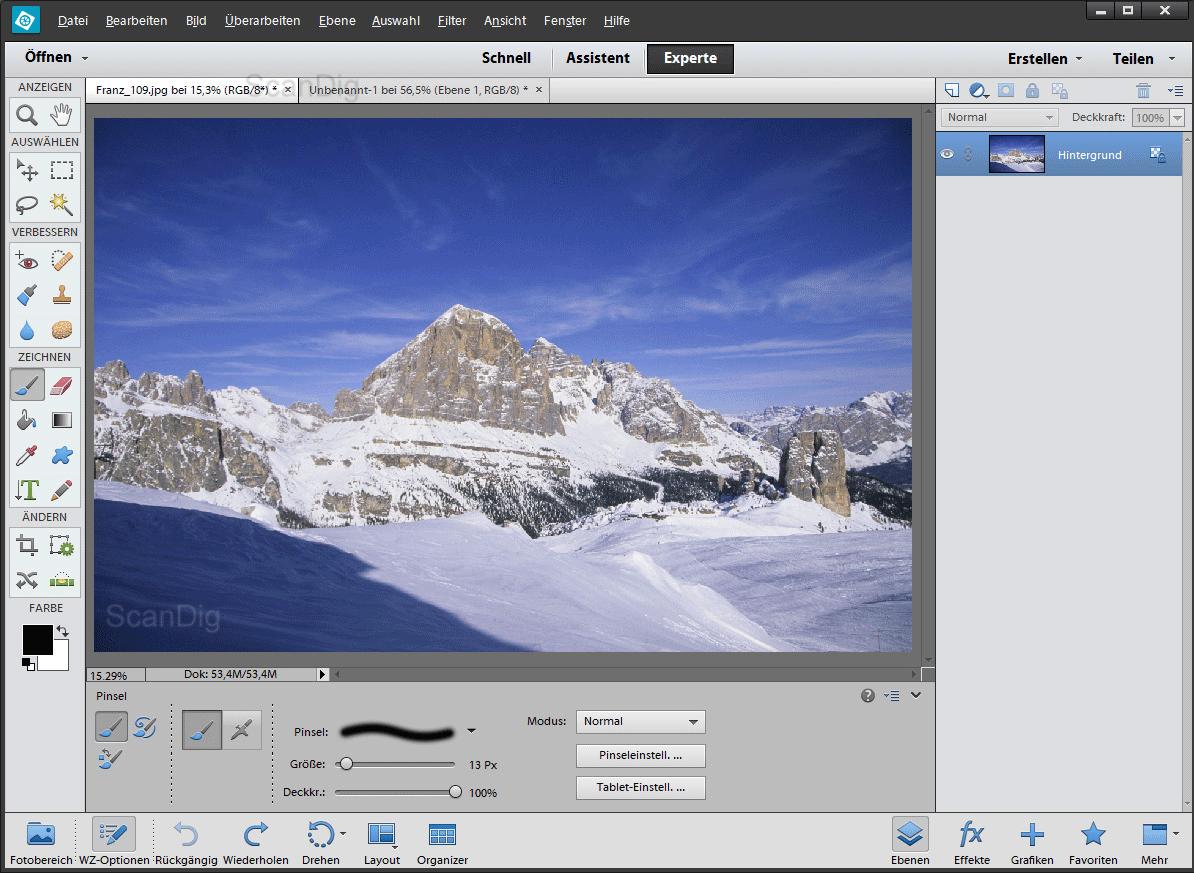

This version includes features such as Easily organize your photos and video clips from one convenient place, Organize video clips and photos with visual tags, Create your movie with drag-and-drop ease in the Scene line, Easily edit slide shows and movies to the beat of a favorite song, Jazz up the action with effects, transitions, and movie themes, Add animated titles, motion menus, and polished credits, Share movies on DVD, Blu-ray Disc, and Mobile Devices, & Easily upload to YouTube. It also includes more video effects and transitions, a slightly-modified user interface allowing beginners to easily get started with the program (although it still retains unlimited video and audio tracks), the ability to burn Blu-ray DVDs, an audio mixer (like the version on Premiere Pro) and movie themes similar to the ones from iMovie HD 6. Adobe added a Sharing Centre, an image stabilization filter and the ability to upload video files directly to YouTube.

It also aimed to address the lack of DVD configurability, one of the main criticisms of version 1. 3G2) and new hybrid video devices like the JVC Everio and Everio G (.MOD). Adobe expanded video device support beyond DV camcorders to include digital still cameras that capture video (MJPEG, MPEG4, etc.), DVD camcorders (.vob files), mobile phones (.3GP. Adobe Premiere Elements 2.0 – Released in September 2005.The development team for this product was based at Adobe's offices in San Jose, California, Arden Hills, Minnesota, and Noida, India. It was codenamed Dick Tracy after Adobe Premiere's theme of detective code names. It was focused on consumer miniDVcamcorder owners who wanted to create DVDs. Adobe Premiere Elements 1.0 – Released in September 2004.
Adobe premiere elements 2018 chroma key upgrade#
It is not available as part of a creative cloud subscription, but rather as a single purchase or upgrade purchase. Premiere Elements is available for Windows and MacOS.


 0 kommentar(er)
0 kommentar(er)
